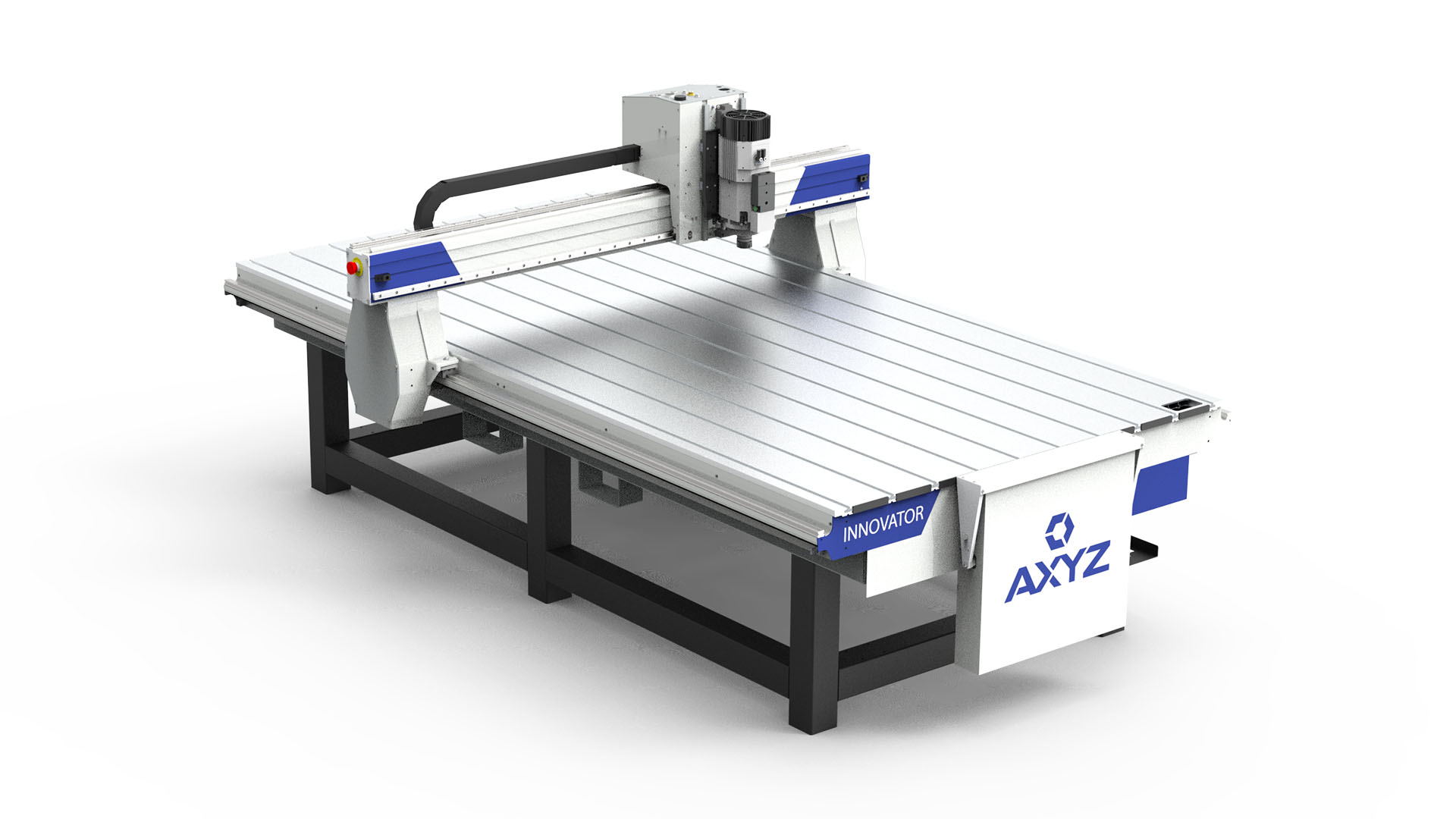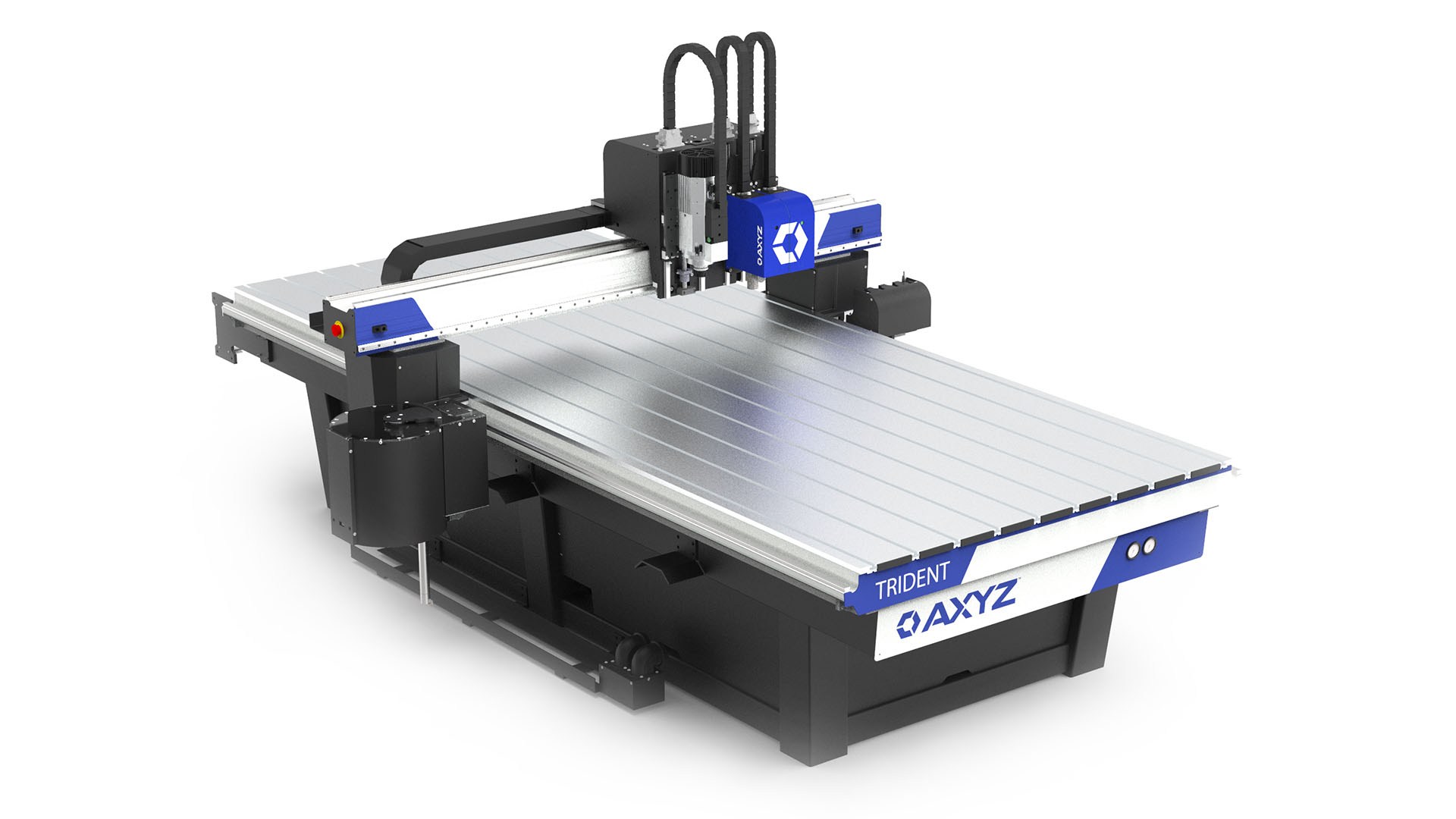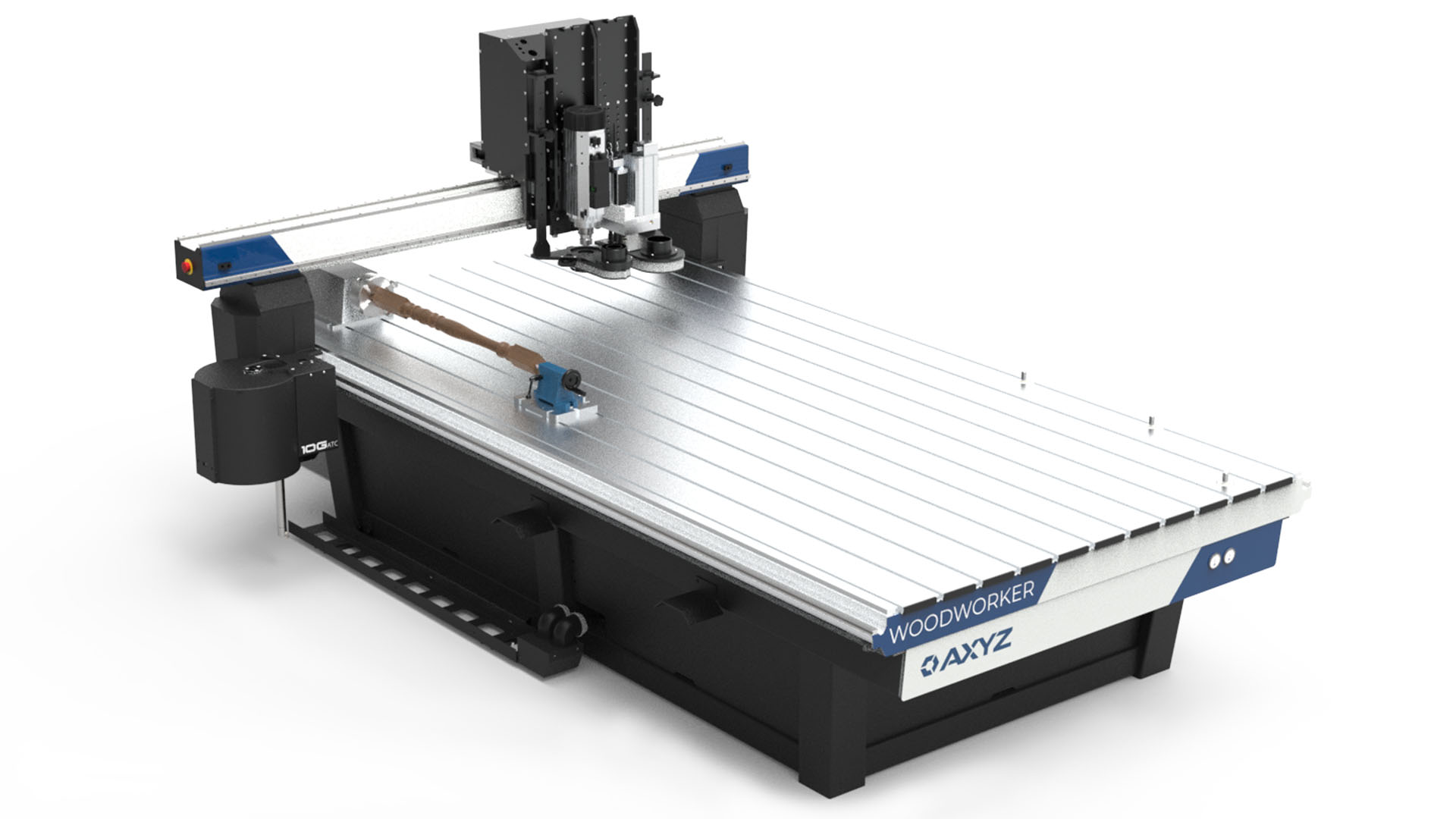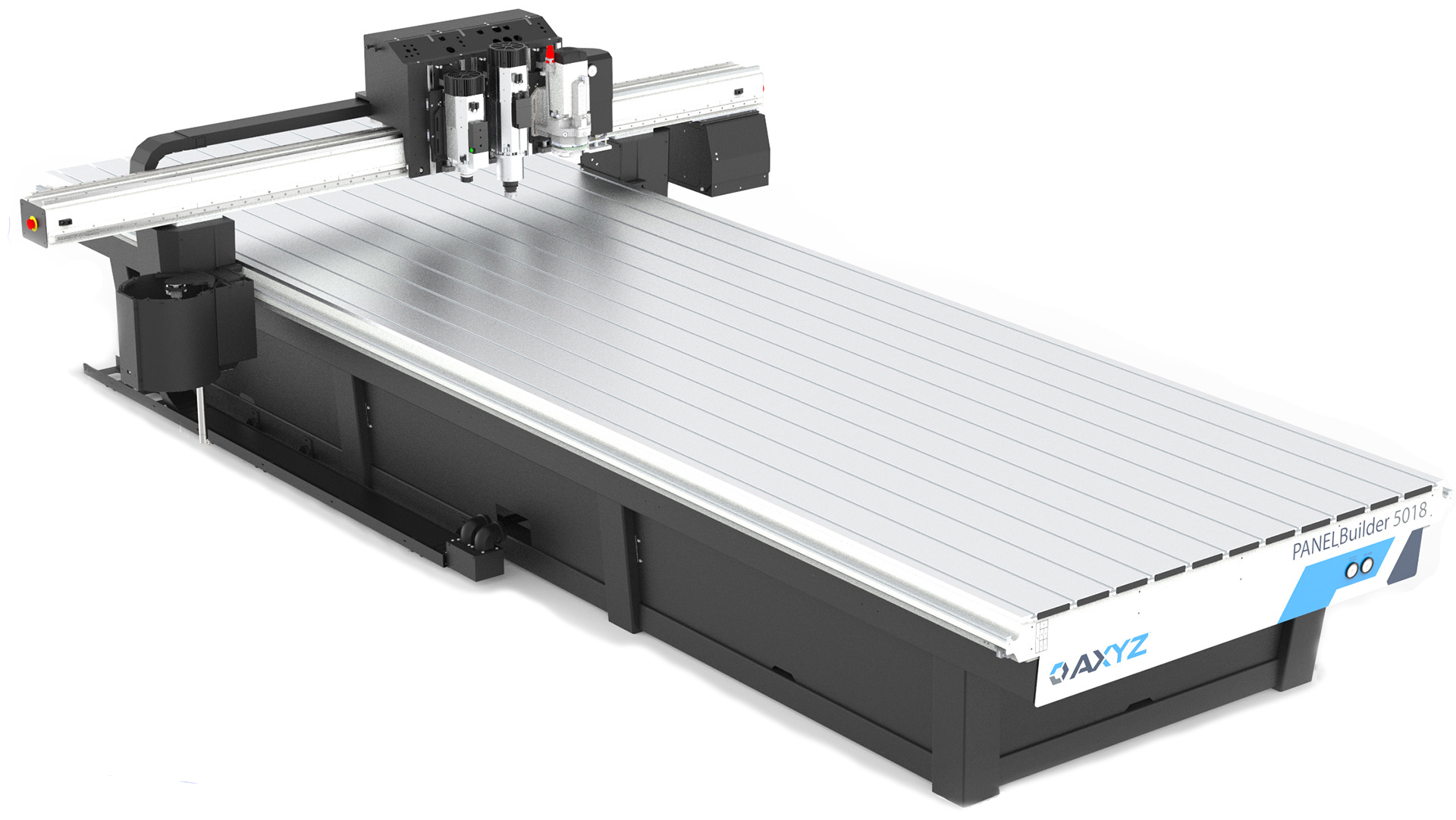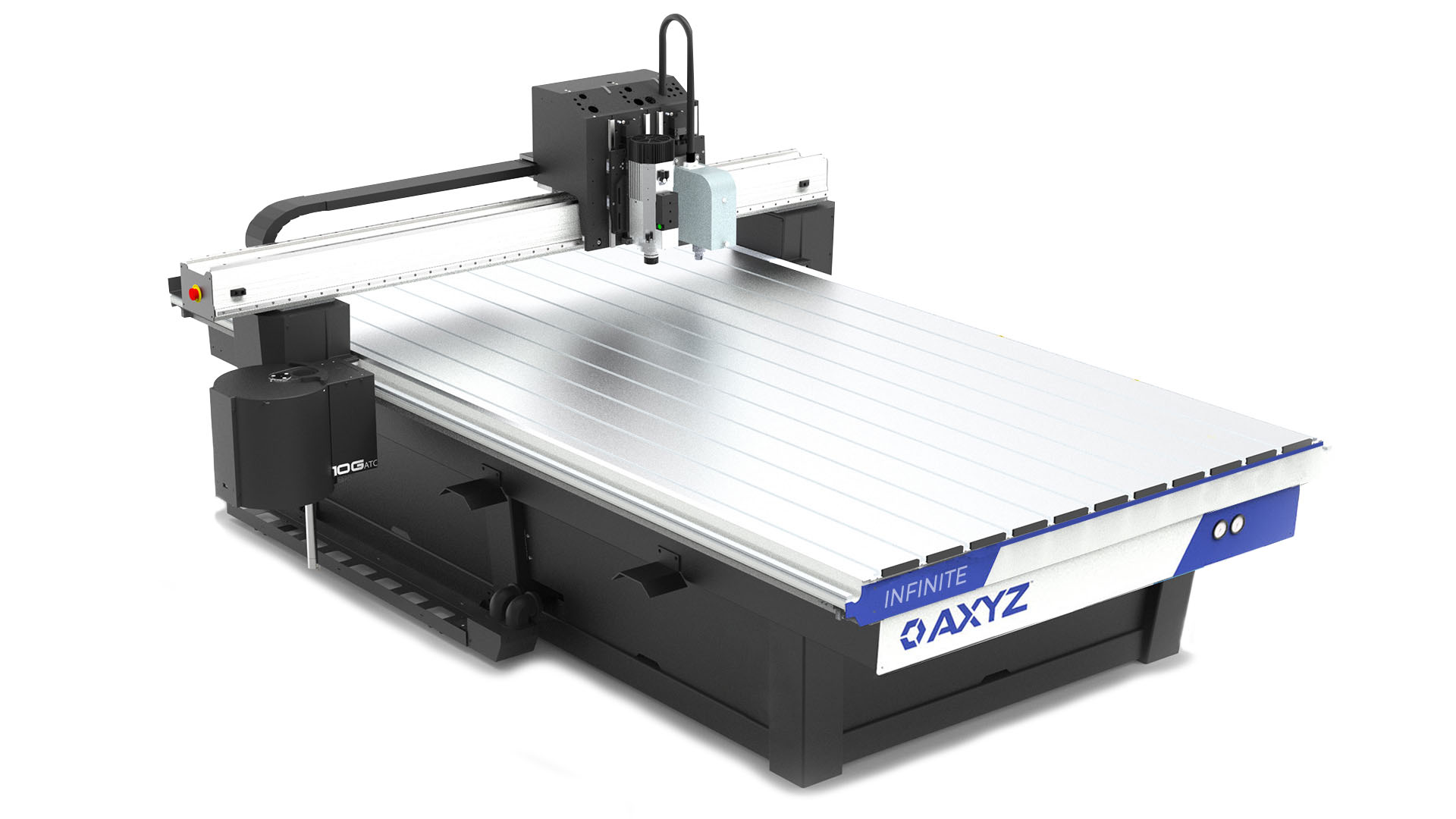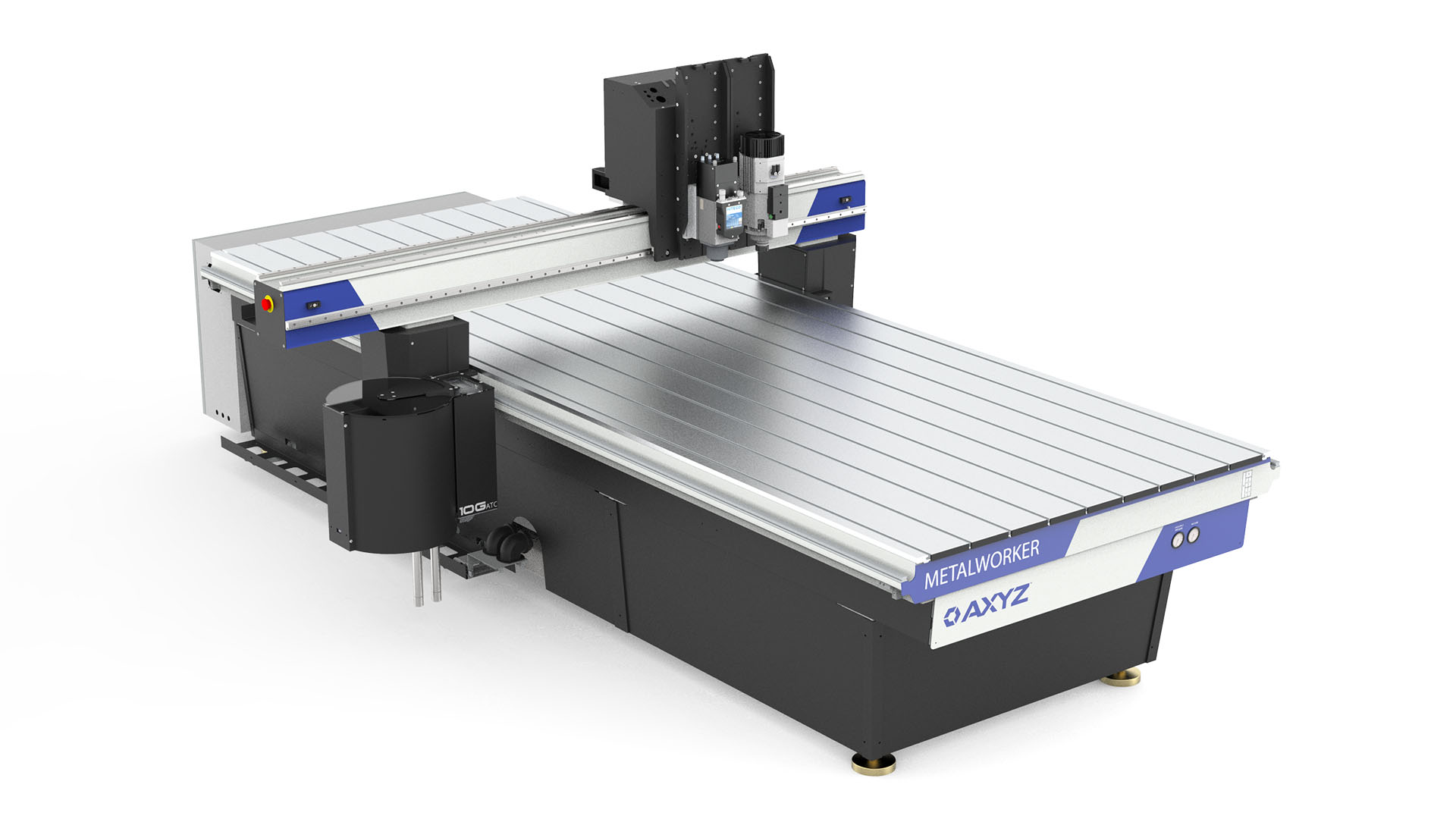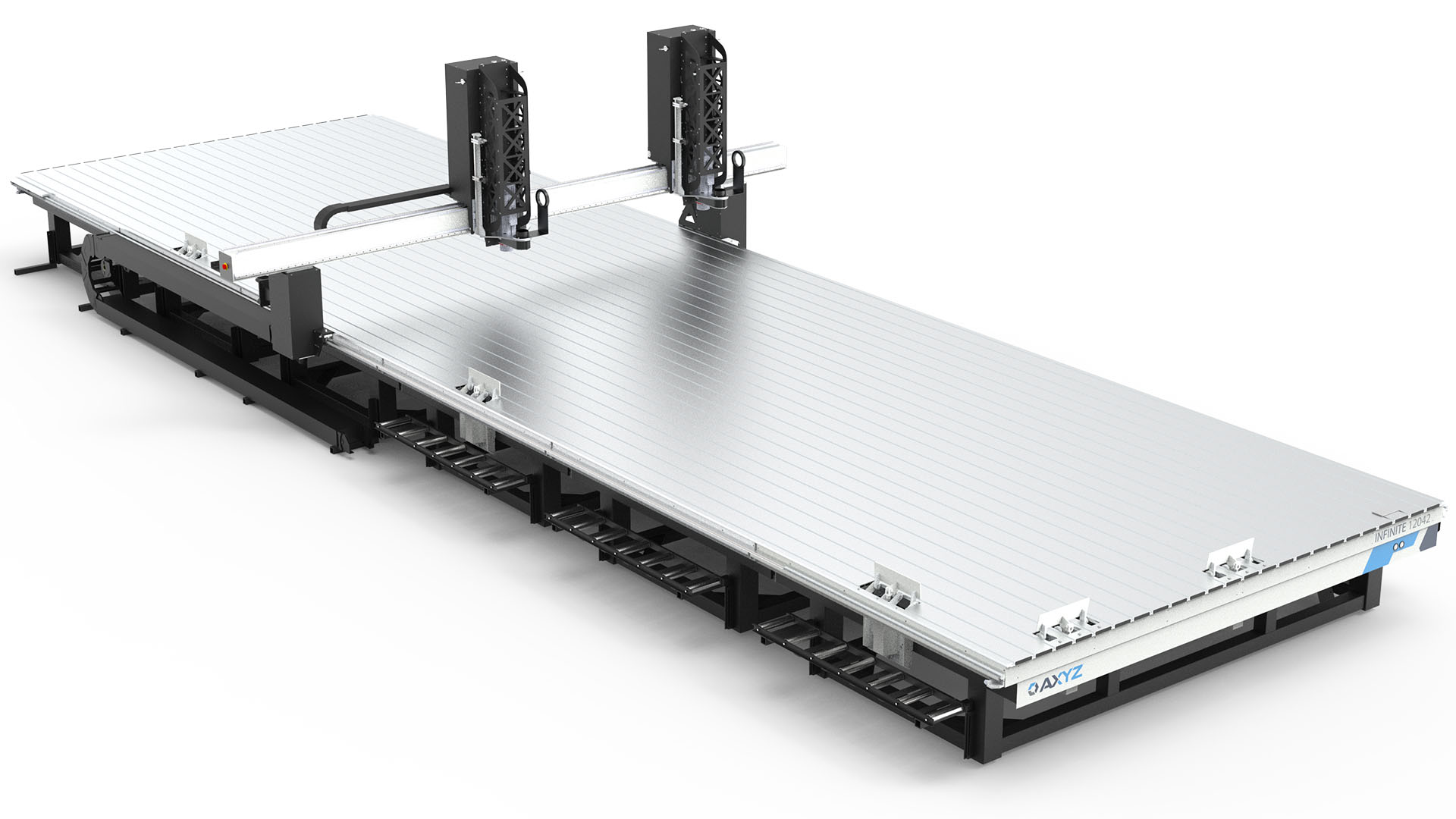Foam packaging is a shipping necessity that should never be taken for granted. In that respect, manufacturers and subcontractors have always understood the importance of shock-proof foam packaging for protecting the high-value or technical product inside. Yet, issues with foam, if not fully addressed during the packaging process, are likely to negatively impact the quality of the product by the time of its arrival.
One mistake comes from the belief that generic tools for CNC routers are capable of cutting all types of foam, regardless of density. Such approaches can be and have been costly much to the chagrin of the shipper and customer because the foam inside was improperly cut and failed to protect the merchandise.
All foams are not the same; neither are the tools and knives that cut them. For that reason, shippers need to understand both tooling and router design to assure product safety and customer satisfaction.
Foam differentiation
The most common types of foam used in packaging—polyurethane and polyethylene (PE)—are diametrically opposite in density and weight. In most cases a rotary tool such as a router will be insufficient for cutting both. Unfortunately, some manufacturers and suppliers have tried the “one tool cuts all” approach. It doesn’t work.
If the foam is hard and high density as is the case with a substance like some polyurethane foams, a router cutter will do the job. PE is another matter. It is a light and rather cushy type of foam. Routing cutters will tear into it, but not cut it satisfactorily. Why is that a problem? Because foam that provides a close fit through proper cutting is the only way to ensure the integrity of the shipment. PE and other light foams require a specific tool. In many cases, it is a knife blade that cuts accurately and effectively with an oscillating motion programmed on the CNC.
Router cutters do not have enough of an edge to cut the PE cleanly. The process is completely counterproductive, much like using a hacksaw to cut a sponge—an analogy that is not an overstatement. Cutting light foam with a router bit will generally yield unacceptable results in terms of product security and appearance. With the latter, the foam will appear as though it has been shoved into the package, which will be obvious when the shipment is opened. Simply put, it sends the wrong message to the customer, which the manufacturer or supplier can ill afford.
None of this should surprise companies that deal with both types of foam on a regular basis, yet some continue to engage in what is basically a flawed process. Their tools are inadequate for cutting a specific type of foam and their router can only address a small portion of their concerns.
The need for multi-purpose machines
Ideally, the manufacturer or shipper will find that a multi-purpose machine capable of utilizing proper tools programmed to cut all types of foam including the PE variety will resolve the challenge. These include CNC tables with either a dual or a triple-Z axis. With a multi-purpose machine, the CNC table is configured with a routing spindle and one or two different knives. In the triple-Z configuration, the machine has the potential to also cut and crease corrugated cardboard. A combination of a specific spindle (either quick-release or collet) along with an oscillating or tangential knife will facilitate cutting of various types of foam including closed or open cell PE.
The tangential knife is designed for heavier, thicker and harder materials than a traditional drag knife. When the CNC table is programmed accordingly, the knife blade follows plot lines of shape by rotating the blade in increments to match the path. The configuration will enable the tangential knife to produce straight cut corners or true radii, always staying tangent to the line it cuts. An oscillating knife is a tool capable of cutting 70 mm-thick foam.
Certain multi-purpose CNC machines are ideal for small runs production and prototyping. One example where this benefit comes into play is a custom case for high-value and very expensive field instruments. The foam in the case must be cut and shaped to the specificity required for the newly created case. Another prototyping example occurs with touring musician groups. Expensive amplifiers and consoles have to be packaged very carefully due to the intense and sometimes stress-filled moves from city to city. Multi-purpose routers with tangential and oscillating knives can help assure that foam packaging of costly musical instruments, lights and props will be able to handle the pounding of months of road travel, set-up and performance.
Regardless of the type of usage, accuracy is essential. The hybrid or multi-purpose router with the appropriate knife can be accurately programmed thus eliminating guesswork and likelihood of an inaccurate cut and inefficient use of materials. Another valuable feature that some CNC tables can offer is the ability to digitize accurately the shape of the product that will be packaged, which greatly simplifies the programing of complex shaped products.
It’s very important for the manufacturers’ and shippers’ process and budget that any machine purchased is capable of performing several different operations on the same foam. Options increase and process time decreases with the right tables and tools.
Another element in this equation is the role of the supplier or vendor who provided the machine and the tools. Conducting due diligence in the background, reputation and track record of potential vendors cannot be understated. Companies have to be assured the vendor they select will be responsive and reliable at all times, actually a business partner. An investment in sophisticated machinery like multi-purpose CNC routers and knives demands no less.
Example from the field
One example of a company that leverages the use of a multi-purpose router for foam cutting is Diversified Foam Inc., Yadkinville, N.C. The company, an engineered foam packaging fabricator with packaging and technical foams divisions, serves a wide variety of industries including athletic and sporting, packaging, automotive, computer and electronics, industrial filtration, medical and chiropractic supplies, government and military, bedding and furniture and upholstery suppliers.
Diversified Foam had relied on a combination of CNC wire and manual milling machines for its processes. Company President Brett Matthews said prototyping was labor intensive and required his most skilled workers. He decided to invest in a multi-purpose machine with three cutting heads. The results were startling. “It reduced the time it took from project to completion from days to hours,” Matthews said. “It dramatically improved the quality of design and the prototype because of its capabilities.”
The company uses the oscillating knife the majority of time. Matthews said it has been able to develop “creative solutions” with the knife including partial depth cuts. For 3D manufacturing, the company relies on the machine’s spindle while the tangential knife is used for thin gage materials. “It’s completely eliminated major problems in our production,” Matthews said.
Protect your reputation
Making sure that foam cutting is accurate and clean is a good start. Yet, there is more at stake beyond ensuring integrity of the package and the product. It’s the shipper’s reputation. From the recipient’s point of view, quality of the foam packaging is a positive reflection of the sender and the condition of the product. It shows that the shipper is practicing the high standards every customer demands.
About the Author:
Chris Montouchet is regional manager for AXYZ, Burlington, Ont., Canada. AXYZ is a leading global manufacturer of CNC Router and CNC Knife Systems, and maintains application development centers in the United States, Canada, the United Kingdom, Poland and India. Tel: (800) 361-3408.

